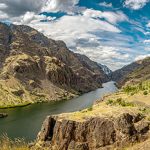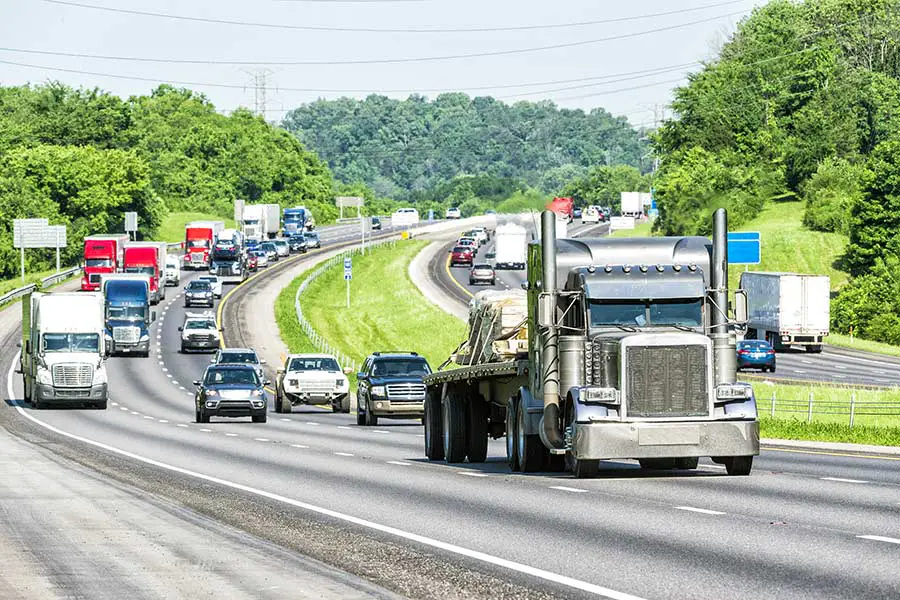
In America, we use interstates almost unconsciously. Interstates help us travel quickly between places near and far; they provide connections throughout the country and allow food and supplies to get to stores. Yet the question remains, what were interstates initially built for?
The Interstate Highway System was built to provide a quick way for people and goods to move around the country. This system was created in 1956 when President Eisenhower signed the Federal-Aid Highway Act into law. These federally funded roads are critical to the economy of the country.
If you look at a map of the US interstates, they span the country, north to south and east to west. They create a web that connects and holds the separate states together. Read on to dive into the history of the interstate system and why billions of dollars have been invested in interstates across America.
The Purpose of the Interstates
The easiest way to understand the idea of the interstates is by breaking down the word: the prefix inter- means between or among, so interstates connect the various states for travel and exchanges of goods between different parts of the country.
Interstates, also known as freeways or interstate highways, are roads that have at least two lanes in each direction. They have exits but no intersections—no stop signs or red lights on these roads. They are built and maintained according to national standards.
Interstates serve as pathways to connect the country, its people, and goods. For example, oranges grown in Florida can get shipped to Colorado, and vegetables from Colorado can make it back to Florida.
To understand why they were built, it also helps to go back to when they were first proposed. In 1941 President Roosevelt established a committee to evaluate if the country needed interstates funded by the federal government (there were some highways already established, but they were state-funded, not following a national standard).
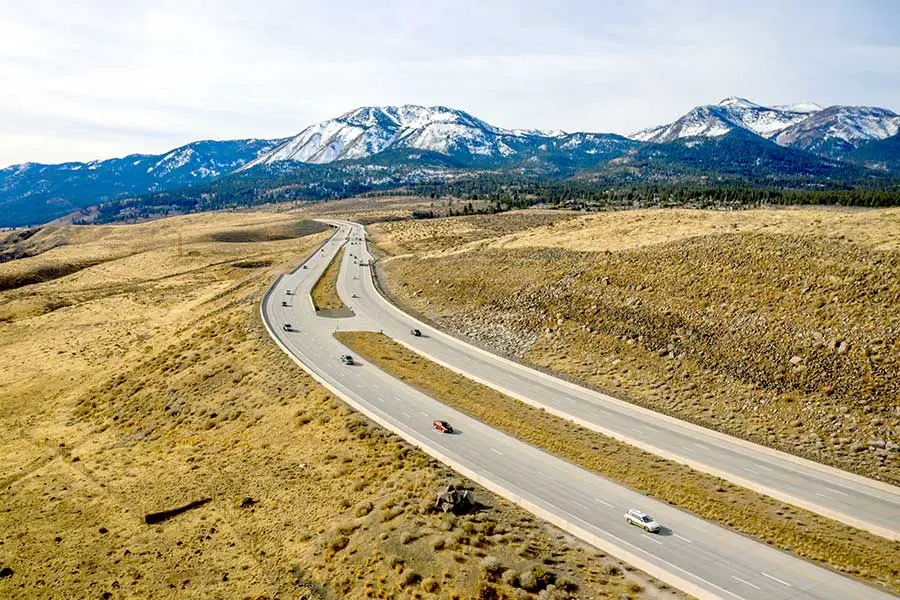
The committee concluded that the country would greatly benefit from a national system of roads, and they provided design standards, which included:
- Speeds of 50-70 MPH, depending on the area
- Minimum standard of two lanes in each direction
- Left and right shoulder length requirements—10 feet on the right and 4 feet on the left shoulder
- Nearly 34,000 miles of proposed roads
However, it was not until Dwight D. Eisenhower’s presidency that national standards for building and putting signs on the interstates were established. Eventually, a budget of 25 billion dollars and a plan to build 40,000 miles of interstates became law when President Eisenhower signed the Federal-Aid Highway Act of 1956.
As construction began, most of the roads were new construction. Initially, some people opposed the construction of some parts of the interstates because the planned roads would destroy established neighborhoods. However, the freeway revolts eventually changed some of the routes to save certain communities.
General Eisenhower was such a big champion of a national interstate system because of his military experience, which showed him the benefits of national interstates.
As a soldier in the Army, he traveled across the country before an interstate system existed. He found out firsthand how slow the journey across the country was—the convoy across the country took 62 days and later served as inspiration for the interstate system. He also saw how much the Autobahn helped Germany in WWII, and he began to see the benefits of large roads across the US.
Today, thanks in part to President Eisenhower, the trip across the country can be done in just three days.
Even though places like Hawaii and Alaska are not connected to the continental United States, they still have US interstates. This is because they produce goods and services linked to interstate commerce.
Building an interstate in Hawaii presented unique challenges and was much more expensive than originally planned. It was so expensive because the road had to cut through multiple mountains, be secured to steep mountainsides with large concrete pillars, and navigate around ancient Hawaiian burial grounds.
Other Posts of Interest
- Does US Highway 50 Go Coast To Coast?
- Can Anyone Drive On The Bonneville Salt Flats?
- Where Is The Tail Of The Dragon Road Located?
- Can You See Mount Rushmore From The Highway?
However, H-3 helps Oahu to export pineapple, import goods, and support the large number of tourists that come from all over the world, which brings money to Hawaii. H-3 is also one of the most beautiful sections of any interstate as it is suspended above the lush Hawaiian greenery and right next to a towering mountain range.
Each of the 50 states has at least one interstate that passes through part of the state. In most, but not all states, the interstates pass by the capital city.
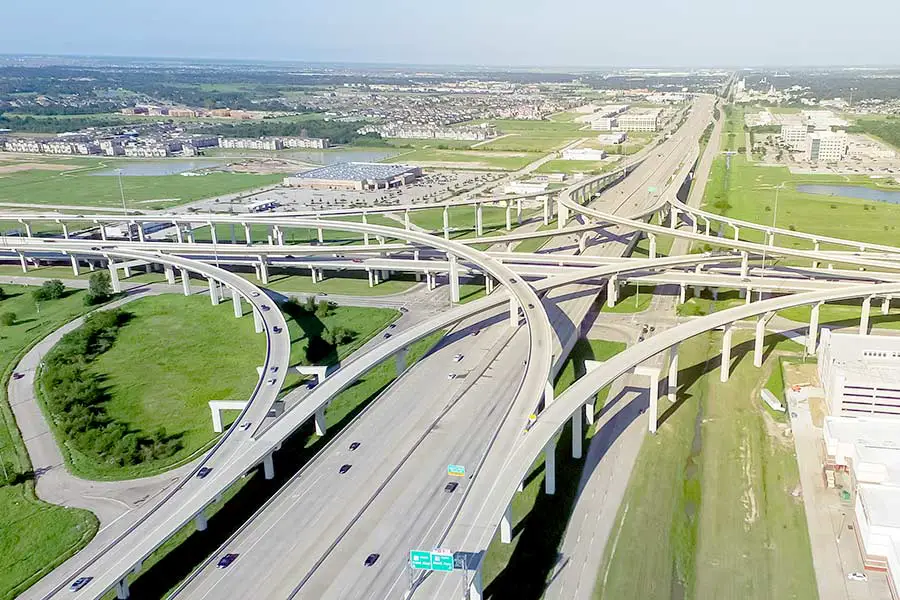
Are Interstates Safer than Highways?
Roads and interstates are vital to the US, whether it is the scenic Skyline Drive, the fantastic views around Crater Lake, or the speed afforded by interstates to travel across the country. But are interstates safer to travel than regular highways?
Interstates make for a safer and more relaxing drive compared to other roads. The main reason interstates are safer is because, on an interstate, everyone is going the same direction at (relatively) the same speed. In addition, there are no intersecting side streets, so drivers don’t have to worry about cars pulling out in front of them.
Another thing that makes an interstate safer than a traditional highway is that there is usually a large median between the two different directions. As a result, drivers going in opposite directions don’t have to be right next to the cars zooming by in the other direction.
Traffic coming onto interstates is controlled, too. Again, think of a typical on-ramp—before it merges with the road, it gives drivers on the ramp the time needed to get up to speed and drivers on the interstate time to move over or speed up/slow down.
There are also controlled exits to reduce sudden stops on the interstate. In general, the traffic on interstates is much more controlled, affected by fewer variables; therefore, these roads are safer.
The numbers also prove this point: the fatality rate for accidents per 100 million miles traveled on interstates is .55, and the fatality rate per 100 million miles traveled on other roads is 1.3.
Road Trip Answers Fun Fact: The H-3 interstate on Oahu, Hawaii, cost $1.3 billion to complete, making it one of the most expensive interstate highways ever. The cost breaks down to about $80 million per mile!
Roads other than interstates have cars that enter and exit suddenly, traffic turning in many different directions, and intersections where traffic crosses the road. There are many more dangerous variables on roads that are not interstates.
Many people are nervous driving on an interstate because of the higher speed limits, but they are, in fact, much safer than other traditional roads.
What Benefits Did the Interstate Bring to Rural America?
The main benefit interstates bring to rural America is the ability to farm fruits, vegetables, and nuts while having access to interstates to ship them to buyers. In addition, this access makes jobs easier for both truckers and farmers because truckers don’t have to drive as far to pick up loads.
The same goes for farmers of cattle, pigs, chickens, and other animals. The ease of access helps them sell their products, but also helps the consumer receive goods faster.
Farmers and ranchers can also quickly get what they need for their farms or animals by traveling on an interstate. In addition, interstates give rural America the freedom to live and work in less densely populated places while still having access to grocery stores, repair centers, and vehicle/equipment dealerships.
The proximity to an interstate is now an important factor when rural America is deciding where to live and work.
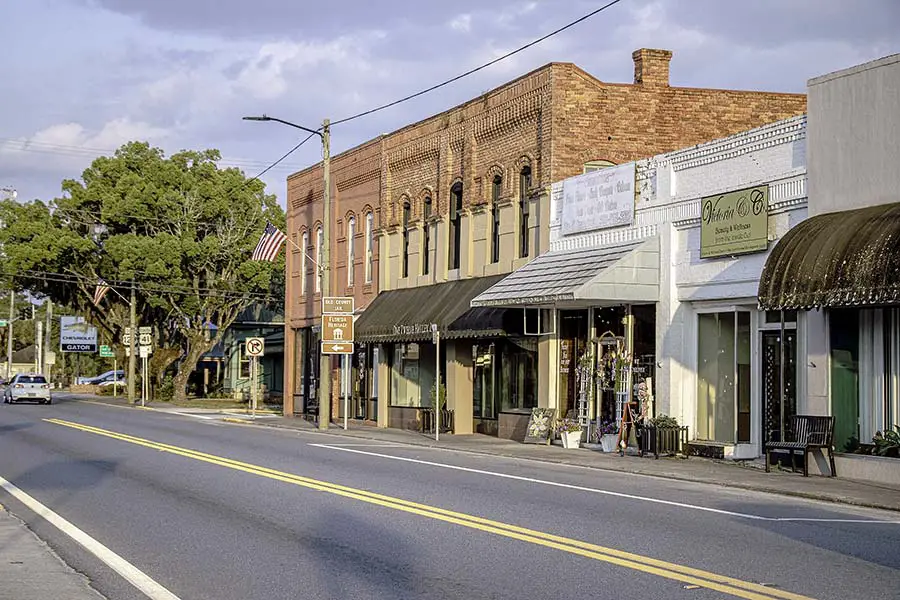
How Was the Interstate Highway System Paid For?
The Highway Trust Fund was the primary source of funding for the Interstate Highway System. This fund was created when the interstate highway system was still in its planning phase. The money for this fund comes mainly from the federal gasoline tax. These are federal funds used to create interstate highways.
However, once a road is built, it’s owned by the state it’s located in. Therefore, local state governments oversee the maintenance of these roads.
The national average for road maintenance per mile is about $18,700 per year. Different states repair and maintain their roads differently. That is why when you drive between states, the road has minor changes at the state line. These changes include things like what it’s paved with and when it was last resurfaced.
What Were the Negative Effects of the Interstate Highway System?
Although there are many benefits to the interstate highway system, there are also downsides:
- Many scenic areas are bypassed to save time while driving. Interstates take the most direct route, meaning they frequently miss the scenic route. Driving on roads other than the interstate can lead to discovering new and exciting places and towns.
- In many small towns, not as accessible from the interstate, visitors have declined steadily since the interstate highway system was implemented (think Radiator Springs in the movie, Cars).
- Some land was taken over, and homes were destroyed because the interstate had to pass through close to them. In these situations, the landowners are compensated for the land the government uses, but they never get that land back. This process is the concept of eminent domain.
- Since the creation of interstates, trains aren’t used as much. Many railroad lines were abandoned or not used as frequently. Though the US still relies on trains to transport goods, semi-trucks are now the popular choice.
Interstates: Connecting, Transporting, and Discovering
Interstates are critical to America’s economy and national identity. They ensure travelers and truckers get to their destination (no matter how much construction may try to get in their way) because of the national standards of interstate highways.
Additionally, travelers can go see their family members and friends or take an exciting road trip to somewhere new. Interstates are critical to the stability and vitality of the nation, and they can lead to dream trip destinations, too.





